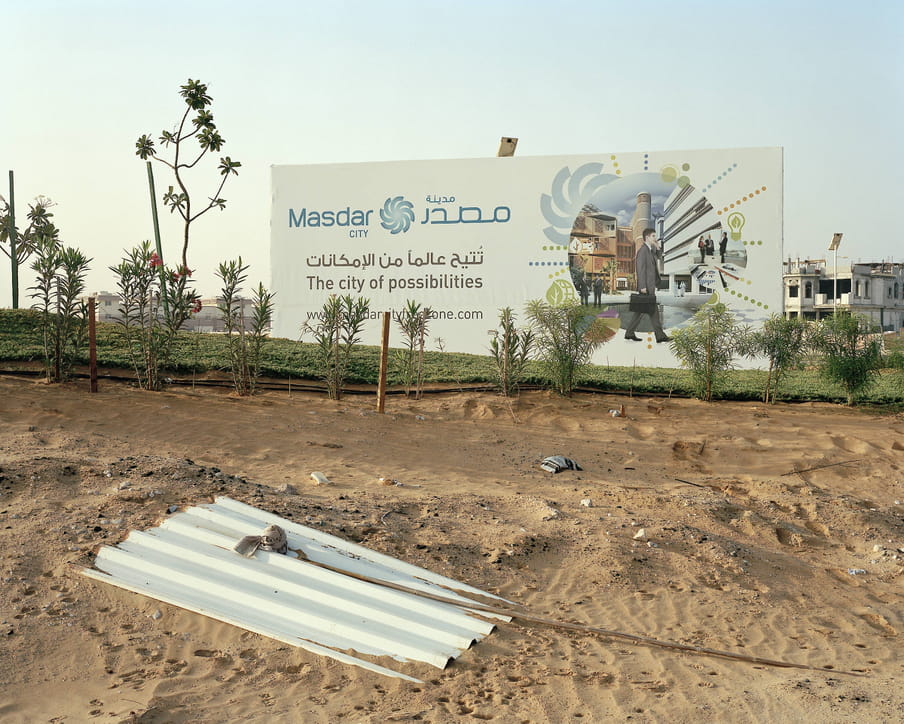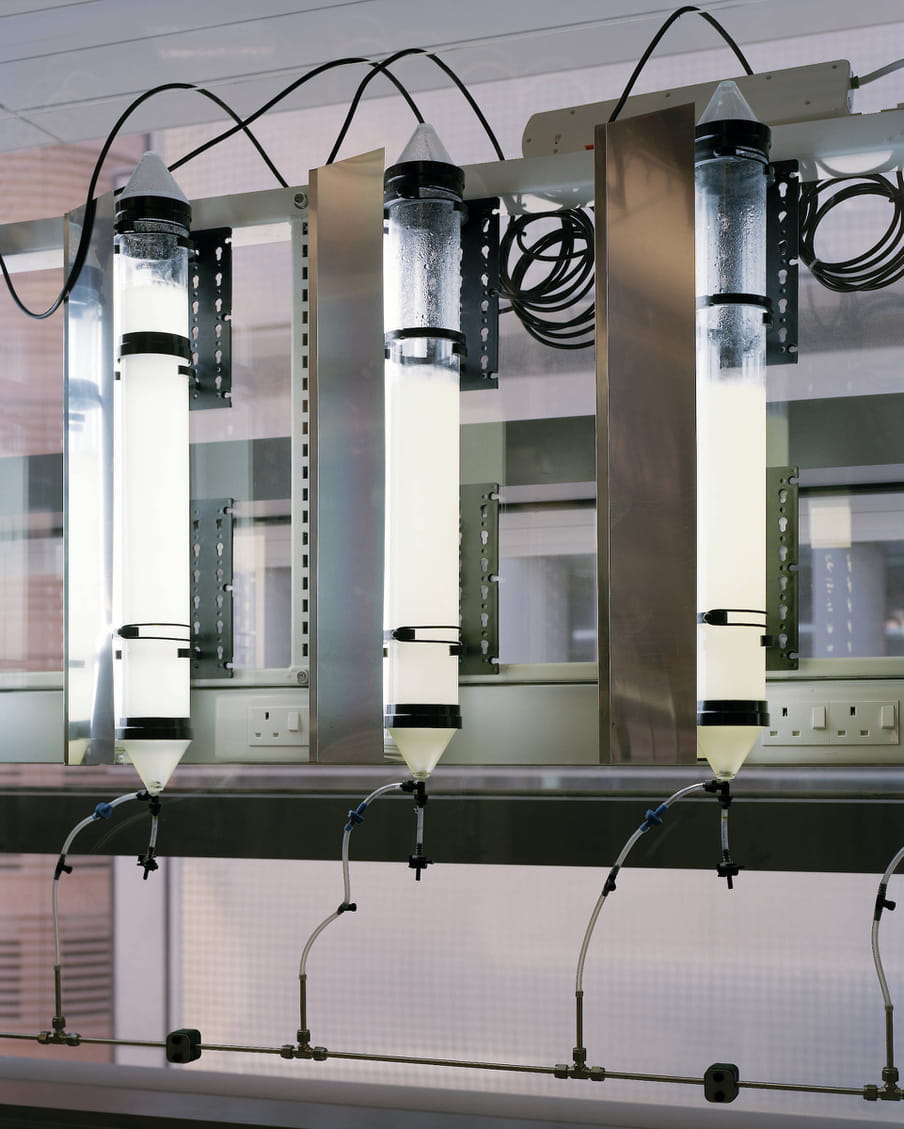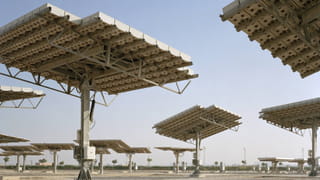

For well over a century, fossil fuels have sunk deep into the fabric of our species. We can’t decouple ourselves from dependence on these substances without deep, highly visible and very rapid change. At this crisis-driven and pivotal point, we don’t know what’s ahead. We just know it’s going to be big.
Much debate among climate action advocates tends to occupy a single dimension, namely how deep and how far one wants our human species to change. Some envisage climate action with little change to existing systems, while others see no resolution without total collapse and reinvention. There’s a keen focus on what systemic change means for global systems of capitalism and international trade. Alternative visions of the future dial down the obsession with economic growth and focus on ideas including degrowth and steady-state economies.

A recent study highlighted non-technological pathways to reduce emissions by striking at the economic systems which contribute to the climate problem. “Any transition towards sustainability can only be effective if far-reaching lifestyle changes complement technological advancements,” argue the authors. This study is right. We can do a very, very large chunk of emissions reductions without needing to build anything new, while still making life richer and fairer for those dealt the worst hand.
But technological change still matters.
No matter how you slice the scenarios, in future we will still need new machines to replace fossil fuel infrastructure. My professional background is in energy technology, so this topic keeps me up at night. Metal, wires, rubber, glass, tyres and blades feature in every single model for climate action – but that’s not all.
The machines of the future depend on radical transformation. Not just in a literal, physical sense.
We also need changes to the social, technocratic and economic modes of production, by which machines are brought into the real world.
Over the past decade, the costs of renewable energy have fallen from expensive to cheap, a trend powered by strong government schemes around the world deployment at scale. The cost of solar in particular is destined to fall even further.

One problem inherent in these gains is complacency. Cheap renewables are the start, not the end of the search for a better role for machines in a reimagined world.
There’s still a long way to go to imbue climate tech with enough staying power to be a reliable, solid and long-term solution. Whether it’s social, environmental or political, the way that climate tech is realised needs deep change. That change can be delightful and enriching if it’s done right – the kind of change we can embrace even though it’s big, and nerve-wracking.

The rare minerals in climate machines
The single largest slice of emissions around the world comes from the electricity-generating grid. Cleaner power from wind, solar, hydro, geothermal – plus a smattering of new technologies such as transmission lines and smaller batteries – are needed to fully decarbonise the generation of electricity.
Sectors with high emissions that aren’t powered by electricity, such as transport and heavy industry, need to become electrified to take full advantage of this transition. All fossil-fuelled movement of humans that can’t be substituted by less movement or walking should be replaced by electric, hydrogen or human-powered machines.
Clean power technology is synthesised from rare minerals and materials whose extraction is problematic. “A key aspect of environmental injustice is that contaminating processes – mines, power plants, or factories – are sited where ecosystems and human lives are seen as disposable or deemed to lack political influence,” writes Thea Riofrancos, assistant professor of political science at Providence College.
Mining exploits racial injustice to supply cheap raw materials for new climate technology
As clean energy growth expands, so too will these mining efforts with all their associated injustices. In Norway where I live, copper mines threaten Indigenous Sámi people and their tradition of herding reindeer. In Canada, hydropower projects are damaging Inuit hunting grounds. A disused copper mine continues to poison land owned by Indigenous Australians.
How much we need these raw materials is spelt out in a report commissioned by Earthworks, an environmental firm, from the Sydney-based Institute for Sustainable Futures (ISF). Their research details the quantities of mined materials required for a clean energy revolution, then proposes a series of deep changes to make extractive industries more sustainable.
“Our task is to establish the parameters within which innovators can innovate to ensure that clean energy is truly clean,” said clean technology pioneer Danny Kennedy (who has a long history of environmental activism and anti-mining protest).
Reading this report is enough to jolt any techno-utopian out of complacency. It describes child labour in the Democratic Republic of Congo, and the displacement of entire towns in China by rare earth mining. The pages are filled with images of black and brown bodies – young men who look like me, but don’t live my comfortable, technology-rich Scandinavian lifestyle.
The mining industry exploits racial injustice to supply cheap stuff to build our tech.
If decarbonisation is to bring a just and good future, every single climate machine must be fully divested from racist cruelty. There have been some improvements. Technologies are becoming more efficient and therefore require fewer raw materials. There are voluntary schemes for responsible sourcing and many recycling efforts. Tesla has set a goal to completely remove cobalt from its batteries, one of the most high-impact of all materials needed for the clean energy transition.
Public resistance in Germany has slowed the build out of renewable energy
And of course, it can’t be forgotten that these activities enable the displacement of older technologies that required far worse environmental harm for their ongoing operation. Wind and sun don’t need to be mined from the sky. But none of these attributes are any excuse for the current shortfall in the valuation of human life and wellbeing.
Within this decade, we need a fundamental shift from making technology as cheap as possible – a hurdle we’ve already cleared – towards making it as humane as possible. It’ll be one of those big, unsettling changes. But it’s a good one that we can rush towards, knowing everybody wins.
Another big shortfall in the status quo is the inhumanity of climate machines. A problem embedded not just in how they are made, but in the ways they’re pushed out into the real world: their modes of construction and operation.


Climate tech: the backlash
Fears triggered by clean technology are not new. In Australia (where I worked in the wind industry for six years), rumours about the negative health impacts from rural large-scale wind turbines began to spread in the early 2010s. This infected politics and the media, prompting several government inquiries into the science of a so-called Wind Turbine Syndrome, purportedly caused by ultra-low frequency noise from wind turbines. The theory originated in the US but spread to Canada, UK and several European countries as well as Australia.
Of course, no evidence has yet emerged that these health concerns were justified. But there is plenty of evidence that project developers failed to engage with the communities neighbouring these turbines. Far from being an example of pseudoscience, the wind syndrome was an early manifestation of the reactions to clean energy injustice. The initial phase of wind power in Australia lacked procedural fairness, democratic process and sharing of benefits that should characterise any good climate machine – with immediate, jarring consequences.

Other countries with strict controls around community ownership of large-scale wind farms, notably Denmark and Germany, witnessed more welcoming attitudes. Many new wind farms sprouted alongside or even within human settlements, with little opposition. In these places, wind syndrome was dismissed as laughable.
Since then, policy in both Denmark and Germany has shifted away from community-owned renewables towards a system where a single corporation owns and develops these projects, while contributing a small injection of funds to local councils. Both the 2018 Danish Energy Agreement and Germany’s updated renewable energy incentives depart from a "feed in tariff" model, in which money flowed immediately into the hands of citizen owners, in favour of an "auction" model in which developers submit competitive bids; this process favours large corporations with the resources to offer their services more cheaply.
The consequences are telling. A Danish journalist recently emailed me, in response to new health concerns, after discovering my 2017 blog post in which I described the supposed symptoms of wind turbine syndrome. Fears for the health impacts of wind turbines are rising in Germany too.
New transmission lines, for the integration of large new renewable projects in Germany, have drawn passionate opposition from neighbouring communities. This resistance is a direct cause of the significant slowdown in the build-out of new renewable energy. In 2019, installation of new onshore wind turbines in Germany slumped to its lowest level (from a peak in 2017) since the introduction of the Renewable Energy Act (EEG) in 2000.
Elsewhere in Scandinavia, Norway has badly botched its rollout of onshore wind power from the outset. Recently, watching the morning news on the public broadcaster NRK, I noticed an image flash up of a wind turbine with a large Nazi swastika occupying the place of the three slender blades; this may have been a reference to the German developer, Eon, of a proposed wind farm. Another recent story on NRK highlighted the majority foreign ownership of large-scale wind power in Germany, and reported on the lack of benefits flowing back to local residents. There is almost no community ownership.
Every lazy attempt to dismiss opposition to wind power has been counterproductive. Protesters have been called Nimbys (“not in my backyard”), but most are not. More often, they’re people infuriated at being made to feel sidelined as massive changes are planned for their communities. Another misunderstanding stems from the adoption by the clean energy industry of a phrase which originated in the mining industry: "social licence to operate".
Social licence refers to democracy, participation, emotion and ownership – issues which are equally relevant for other climate machines. Large-scale solar is drawing similar backlash in areas where communities don’t own or invest in the new facilities. Autonomous electric vehicles, now being tested on public roads, can be deadly. New infrastructure which harvests vast quantities of data to guide development of smart cities is burdened by issues over privacy.

We know how not to do this
Unless these challenges are addressed, the future for effective climate action is at risk. Climate machines should serve humans by curing the wounds of unfairness and inequality. They must earn the love of humans: from the point where their raw minerals are mined, throughout their operational life, to the moment they’re pulled apart to be reused and recycled.
We know what failure looks like.
Nuclear power, which grew rapidly in the 60s and 70s, is often loathed by communities for its centralised and undemocratic ownership structures. Clean energy faces a similar fate unless it can become cleaner, fairer and more sustainable.
The rapid growth in renewables of the past decade must be further accelerated, alongside measures to reduce demand and improve energy efficiency. Failure to bring emissions down to where they need to be is a dark fate indeed.
The coronavirus has brought months of disruption and destabilisation of the worst, most unsettling kind. Now is the time for change that we can rush to embrace and achieve.
The technological chapter of climate transformation can be whatever we choose to make it.
If we allow a bulldozing, profit-driven and soulless enterprise, the energy transition will fall apart – into more pain, caused by more injustice, compounded by the ratcheting impacts of climate change. If it’s an enriching and soulful transition, focused on communities, human life and wellbeing will claim their rightful place at the centre of systemic change.
That will take us where we need to go. And perhaps further: by healing grassroots democracy, restoring fairness and delivering a humane alternative to the inhumanity in our energy system.

 About the images
When authorities in the United Arab Emirates set out to build Masdar City in 2006, their goal was to establish a ‘green city’ with zero carbon emissions. As one of the world’s biggest producers of oil and gas, the project was a symbol of UAE’s ambitions in cutting edge clean energy technology. The project is far from finished, despite investment from the government in collaboration with the UAE oil company of nearly $20 billion by 2015. Malapert shows what appears to be a ghost town on land devoid of humans, in an absurd environment where the green city and production of vast amounts of the world’s oil can proceed in tandem.
About the images
When authorities in the United Arab Emirates set out to build Masdar City in 2006, their goal was to establish a ‘green city’ with zero carbon emissions. As one of the world’s biggest producers of oil and gas, the project was a symbol of UAE’s ambitions in cutting edge clean energy technology. The project is far from finished, despite investment from the government in collaboration with the UAE oil company of nearly $20 billion by 2015. Malapert shows what appears to be a ghost town on land devoid of humans, in an absurd environment where the green city and production of vast amounts of the world’s oil can proceed in tandem.
Dig deeper
 Greta Thunberg’s revolutionary humanity shows us how to solve the climate crisis
In normal times, I would never have met Greta Thunberg. But these are not normal times as the climate crisis makes radical change inevitable. The good news is that Thunberg’s revolutionary humanity shows that we already have the solutions – we just need to listen.
Greta Thunberg’s revolutionary humanity shows us how to solve the climate crisis
In normal times, I would never have met Greta Thunberg. But these are not normal times as the climate crisis makes radical change inevitable. The good news is that Thunberg’s revolutionary humanity shows that we already have the solutions – we just need to listen.
 This new sci-fi series makes you realise that human touch is priceless – by putting a price tag on it
In the new sci-fi television series Upload, humans can buy eternal life thanks to artificial intelligence and virtual reality. But life’s real prize isn’t immortality: it’s the sensation of touch.
This new sci-fi series makes you realise that human touch is priceless – by putting a price tag on it
In the new sci-fi television series Upload, humans can buy eternal life thanks to artificial intelligence and virtual reality. But life’s real prize isn’t immortality: it’s the sensation of touch.


